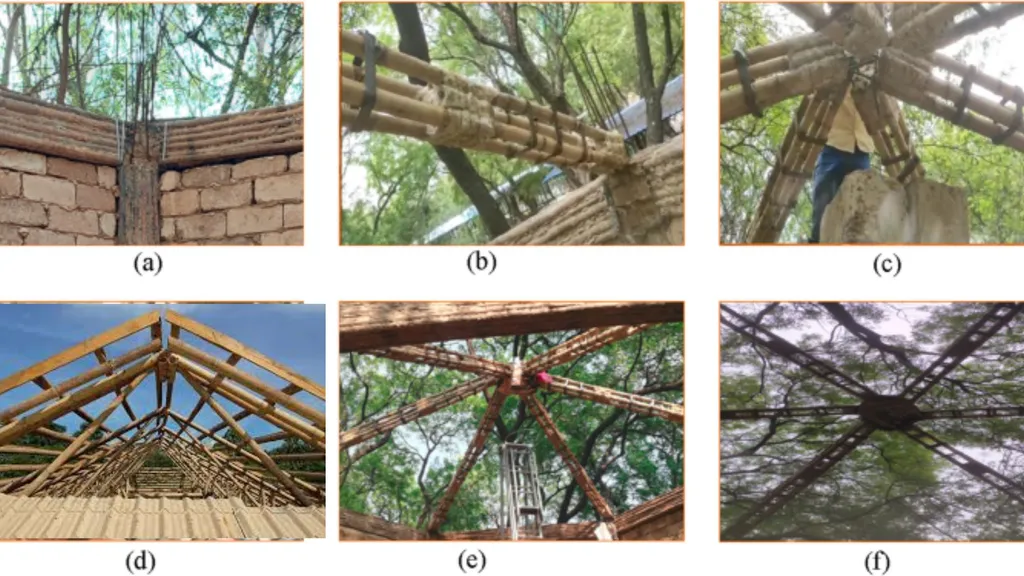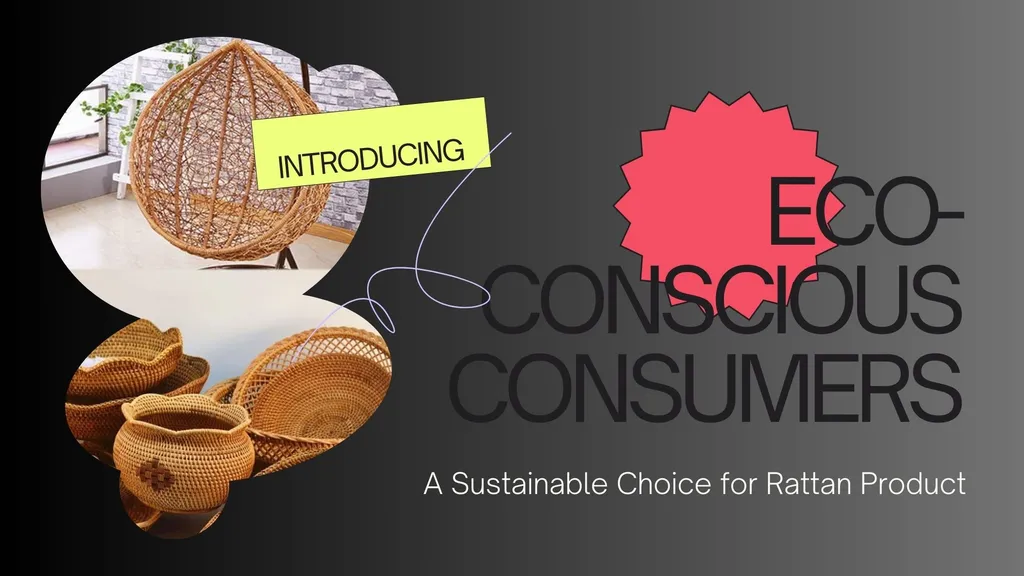Contents

Bamboo frame construction is steadily gaining popularity in sustainable architecture due to bamboo’s remarkable combination of strength, flexibility, and eco-friendliness. As a material that grows rapidly and requires minimal processing, bamboo aligns with green building practices. Yet, constructing a bamboo frame is more complex than it seems. A pivotal aspect of this process is laying down a robust foundation, which ensures the structural integrity and longevity of bamboo structures. Strong foundations are essential, acting as the unseen heroes that carry not only the weight of the building but also withstand environmental challenges such as winds, earthquakes, and moisture infiltration. These foundations must be meticulously planned and executed, encompassing various components from moisture barriers and concrete grades to fastening mechanisms. Through the integration of traditional and modern methodologies, bamboo structures can achieve the durability required for various architectural applications. As we delve into the depths of bamboo foundation construction, each component plays a vital role in ensuring these naturally derived edifices stand firm, echoing the timelessness of the bamboo itself.
Why Strong Foundations Matter
A bamboo structure’s foundation is its unsung hero, anchoring it against time and nature’s forces. Bamboo’s lightweight and elastic properties offer flexibility but require a carefully designed base to counter static loads, like the building’s weight, and dynamic forces, such as wind or seismic activity. Without a solid foundation, bamboo structures risk cracking, tilting, or collapsing. Soil conditions, climate, and load-bearing capacity must guide the design, often with input from structural engineers. Moisture management is also critical, as bamboo is prone to rot and mold when exposed to prolonged dampness. A well-planned foundation with moisture barriers ensures durability, making bamboo a viable choice for sustainable construction.
Key Elements of Bamboo Foundation Design
Crafting a reliable bamboo foundation hinges on three core components: moisture barriers, concrete grades, and structural layout.
Moisture Barriers: These act as shields against soil dampness, protecting bamboo from decay. Natural stones or waterproof membranes are effective choices, with stones adding aesthetic value while repelling moisture. The barrier must suit the local climate and site conditions.
Concrete Grades: Selecting the right concrete grade, such as M20 or M25, ensures the foundation can bear heavy loads and resist environmental stress. Reinforced cement concrete (RCC) with steel bars enhances tensile strength, securely anchoring bamboo poles.
Structural Layout: A well-planned layout distributes loads evenly and counters lateral forces. Proper spacing and alignment of bamboo poles, paired with secure fastening, create a stable framework.
These elements address bamboo’s unique properties, ensuring both strength and sustainability.
Mastering Moisture Barriers
Moisture barriers are vital to protect bamboo from dampness-induced decay. Options include:
Vapor Barriers: Polyethylene or bitumen sheets that block moisture penetration.
Waterproof Coatings: Applied layers that form a protective seal.
Natural Stone Layers: Non-porous stones that repel moisture while enhancing aesthetics.
Installation requires careful site preparation and precise placement, with barriers positioned above the foundation and bamboo elevated at least 40 cm off the ground. Regular checks for gaps or damage ensure long-term protection, making moisture barriers a cornerstone of durable bamboo construction.
Choosing the Right Concrete Grade
The concrete grade determines a foundation’s strength and resilience. Grades like M20 or M25 are ideal for bamboo structures, offering high compressive strength. Structural engineers should guide the selection based on load requirements and soil conditions. RCC, with steel rebar, bolsters tensile strength, while proper curing—maintaining moisture for 14–28 days—ensures durability. This meticulous approach creates a foundation capable of supporting bamboo’s unique demands.
Achieving Structural Stability
A well-designed foundation layout is the backbone of bamboo construction. Key steps include:
Foundation Marking: Using blueprints, wooden pegs, and steel rods to outline the layout accurately.
Reinforced Concrete: Pouring RCC with strategically placed rebar for tensile strength.
Bamboo Fastening: Securing poles to the foundation with steel bars and concrete grouting, ensuring stability against lateral forces.
Collaboration with engineers ensures the layout aligns with local conditions, creating a resilient base that complements bamboo’s natural elegance.
Innovative Techniques in Bamboo Foundations
Modern innovations enhance bamboo foundation construction. 3D-printed connectors streamline pole connections, reducing waste and boosting strength. Hybrid techniques, like Cement Bamboo Frame Technology (CBFT), combine treated bamboo with concrete for added durability. These advancements, paired with traditional methods like weaving, create adaptive, eco-friendly structures that withstand environmental challenges while minimizing ecological impact.
Overcoming Challenges
Soil variability poses a significant challenge, requiring tailored foundation designs. Soil analysis informs depth and reinforcement needs, while cross-bracing counters dynamic forces. Pre-treated bamboo and physical barriers, like stainless steel mesh, protect against termites and insects. Moisture management through natural stone layers further enhances resilience, ensuring bamboo structures thrive in diverse conditions.





